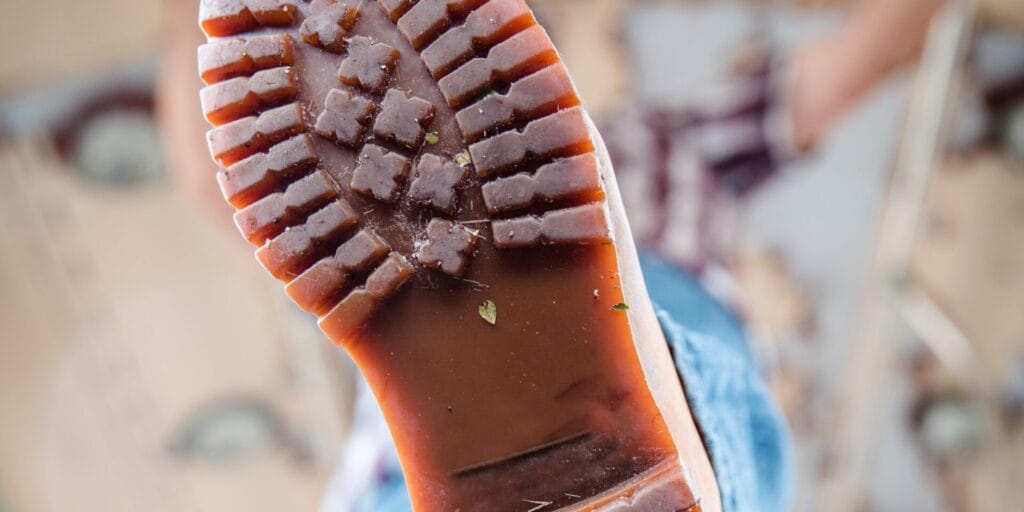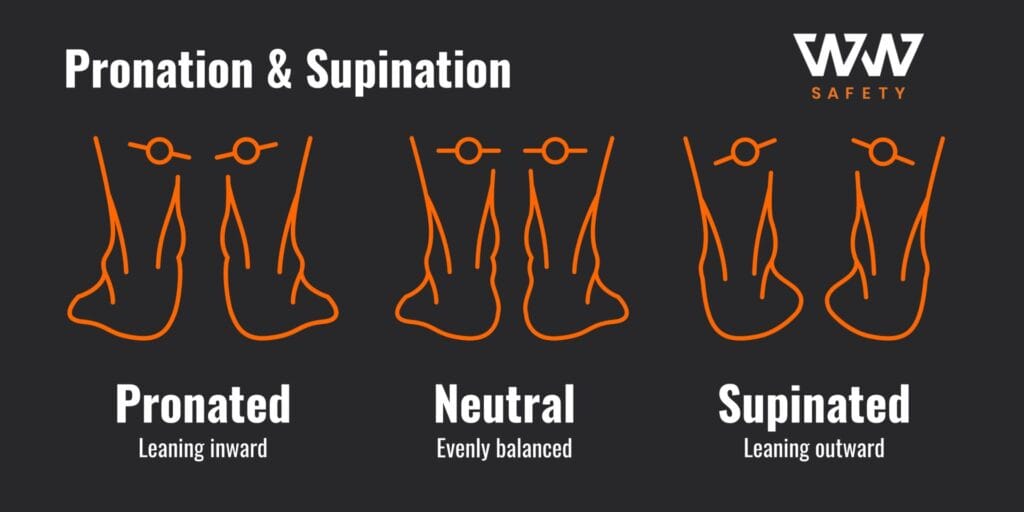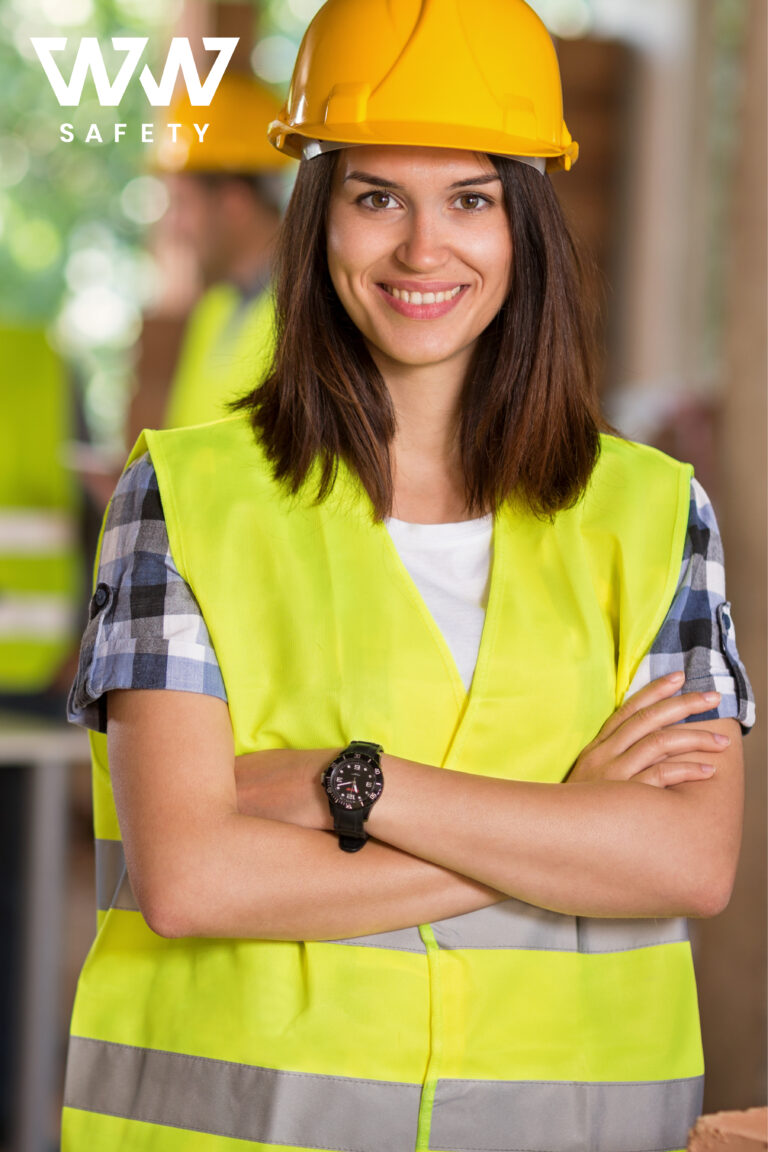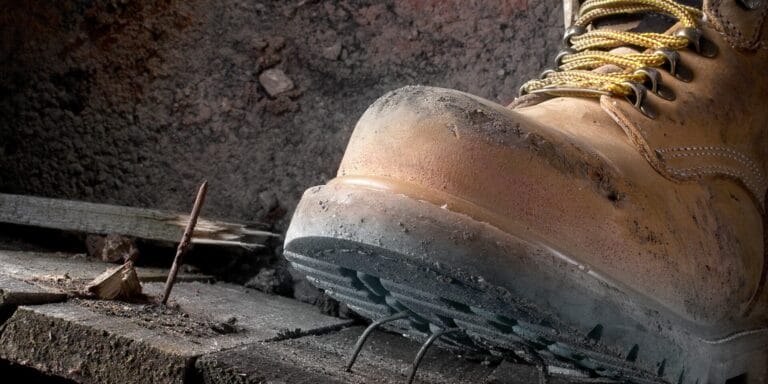In the intricate dance between our bodies and the ground we walk on, our feet bear the brunt of our every step. Over time, our boots begin to silently carry the imprint of our movements, and the wear patterns serve as clear indications about our foot mechanics. When this happens, you are actually gaining insight into how you walk or run. Each step involves specific areas of your foot absorbing pressure, creating a dynamic interplay of weight distribution. Understanding these pressure points helps you figure out if there’s too much stress on specific areas, which can lead to potential discomfort.
In this article, we shed light on the symbiotic relationship between our footwear and foot health. As we aim to inform you on different gait patterns, how your worn boots treads tell a story, and wellness products that can not only benefit your feet but your overall structure of your body.
Table of Contents
What is a Gait Pattern?
Gait refers to the manner in which an individual walks or runs. It involves a number of intricate movements, including the swing of the limbs, the positioning of the feet, and the transfer of body weight. Everyone has a unique gait pattern, influenced by factors such as anatomy, muscle strength, and joint flexibility. Analyzing the wear on shoe treads allows us to gain insights into our specific gait dynamics.
There are a number of ways to determine where you fall within this scale. To determine your gait pattern, you can look at the wear pattern on your boot treads. You can also try the wet foot test, which involves stepping on a paper towel and examining the footprint. The finding will tell you one of three things – if your ankles lean inward, outward, or they don’t lean at all.
What are the Types of Gait Patterns?
When at a neutral position, your foot and ankle are vertically aligned, evenly distributing your weight across your forefoot, arch, and heel. A person with a balanced gait will have moderate curvature along the inner side of the arch and a clear connection between the heel and forefoot. If you fall within this gait type, your boots soles will have worn uniformly, and you may not need any special orthotics. Instead, you can opt-in for insoles that mainly provide cushioning and comfort like the Tego Pro Memory Foam Insole or the Mega Comfort Anti-Fatigue Insole.
Pronation
Pronation is all about how your feet naturally roll inward when you walk or run. It’s a normal thing, but if it’s too much or too little, it can cause issues. Overpronation means your foot rolls too far inward, causing your arch to collapse and your toes to twist. This can lead to foot, ankle, knee, and hip problems. An overpronator will have a flat arch and wide connection between the heel and forefoot, causing a lot of tread wear on the inner edge of the heel and forefoot. If your treads are showing you this, it may be best to consider an insole that has a firm arch support and deep heel cup to stabilize your foot’s alignment, like the Form Corrective Insoles.
Supination
Supination means your foot rolls outward when you walk or run. This can result in stress fractures and IT band syndrome. A supinator will have high arches and little to no connection between the heel and forefoot, causing a lot of wear on the outer edges of the sole. If you fall within this gait type, you may need flexible insoles that have a high arch support and a soft cushioning to absorb shock and distribute your weight more evenly.
So next time you are feeling any pain or discomfort, take a moment to inspect your safety footwear. Are you noticing uneven wear on the outer or inner edges? Perhaps there’s concentrated wear on the ball of your foot or uneven patterns on the heel. This is your boots way of telling you about your unique way of moving.
How 3D Scanning & Custom Orthotics Help These Issues
While most over the counter insoles offer a more general yet effective solution for comfort and support it may be more beneficial to consider custom orthotics. They provide personalized and precise solutions with real time analysis to help you better understand the specific biomechanical issues that are associated with pronation and supination.
This information is handy because it not only helps you make smarter footwear choices, but also assists you in deciding if you would benefit from extra support. It acts as a personal guide to keep your feet healthy as you tackle a demanding day. Of course, it is always recommended to consult with a podiatrist or qualified fit specialist for professional advice.
By understanding these unique tread patterns, and the significance of certain wellness products, we empower ourselves to make informed choices that nurture our foot health. Whether through versatile insoles or custom orthotics, the journey towards optimal foot health begins with the knowledge to ensure that you are Safer, Happier, and more Productive on the job.
Visit select Work Wear Safety retail locations to get an in-depth 3D scan of your foot, with accurate measurements of your foot’s length, width, arch height, and overall shape.






